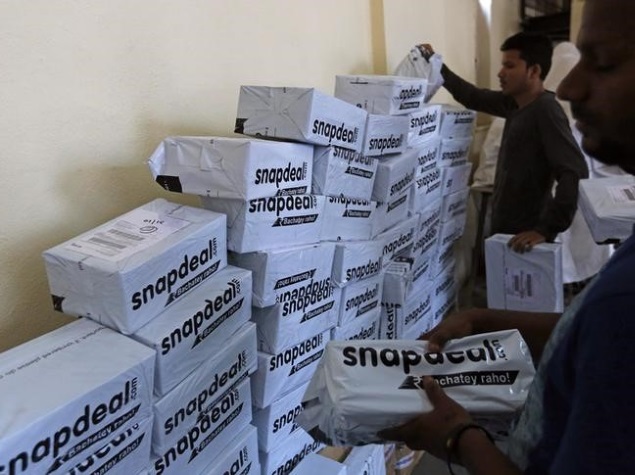Transactions Below Rs. 3,000 Should Be Exempt From OTP Rule, Says Snapdeal CEO
Advertisement

E-commerce major Snapdeal has sought a staggered approach for ushering in single-factor authentication regime for small value transactions, starting initially with a cap of Rs. 3,000.
Currently, two-step authentication is generally prevalent in the country. First step of authentication is feeding PIN and next step is punching in of secure code or one-time PIN (OTP).
In December, the RBI had indicated that it will soon come out with single factor authentication payment norms for low value e-commerce transactions without any compromise on security.
(Also see: Two-Factor Authentication Is a Bother - Can It Get Better?)
"I think RBI should follow it in steps. May be the first step should be somewhere around the Rs. 3,000 mark," Snapdeal, Founder and Chief Executive, Kunal Bahl said.
Advertisement
Once the RBI gets confident about its working and if there are no instances of fraud, the same limit can be taken up to Rs. 10,000, he said.
Bahl, however, cautioned that the limit should not be set at an insignificantly small amount.
Advertisement
"It can't be some really small amount where you won't even find out whether it worked or not," he said.
The RBI had adopted the two-factor authentication to avoid any instances of misuse and protect the customer. However, there is section which feels it should go back to the single-factor authentication at least for small value transactions.
Advertisement
"...whether we can create a system where we can avoid the second factor authentication so that the small transactions can go... (For) arrangement between customer liability and provider liability, we can work out something. We are discussing with banks," RBI Deputy Governor H R Khan had said in December at an industry event.
For the latest tech news and reviews, follow Gadgets 360 on X, Facebook, WhatsApp, Threads and Google News. For the latest videos on gadgets and tech, subscribe to our YouTube channel. If you want to know everything about top influencers, follow our in-house Who'sThat360 on Instagram and YouTube.
Advertisement
